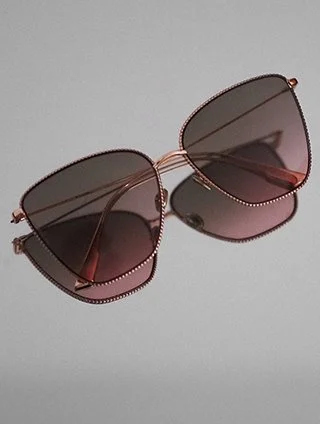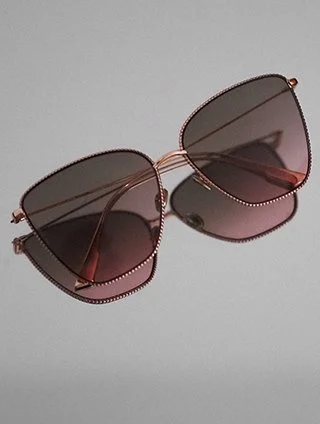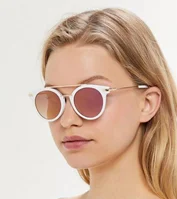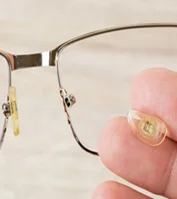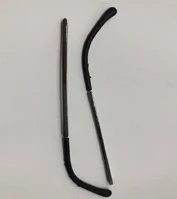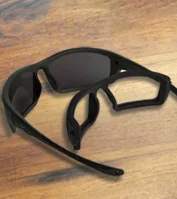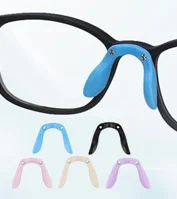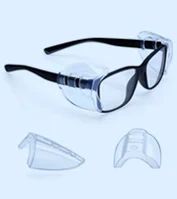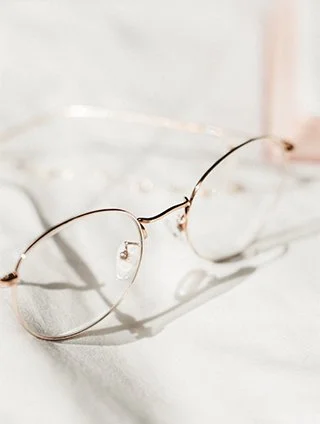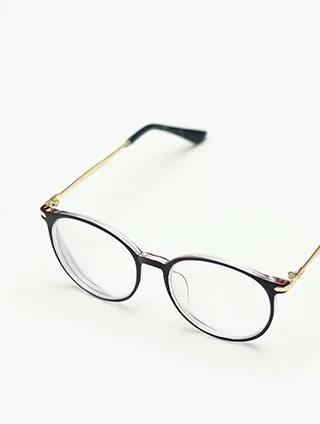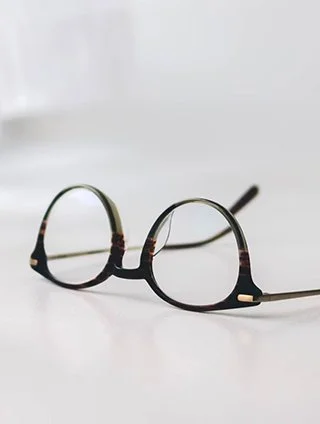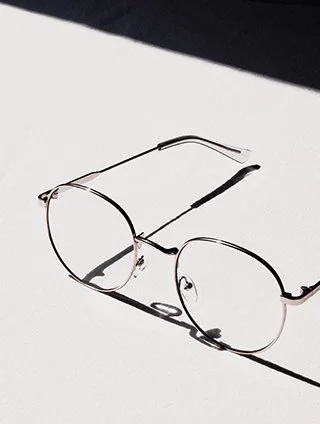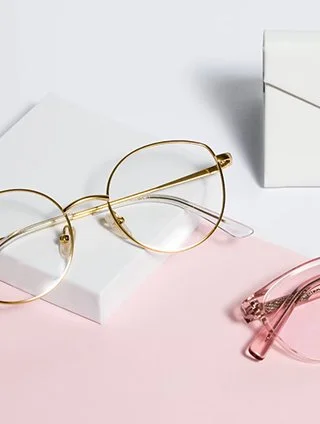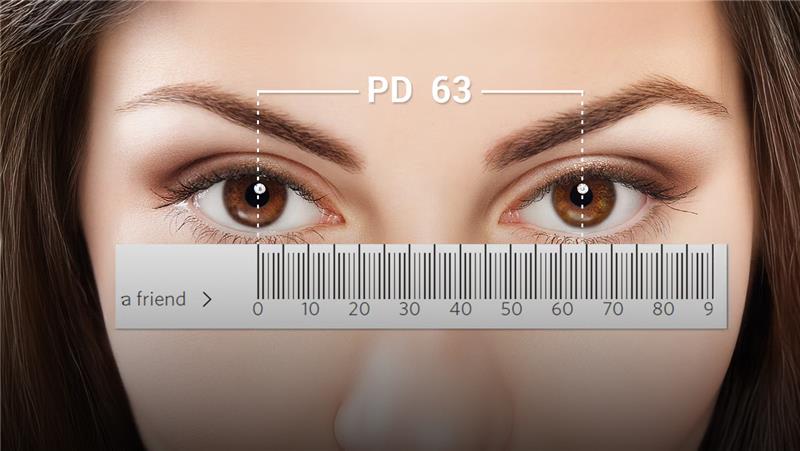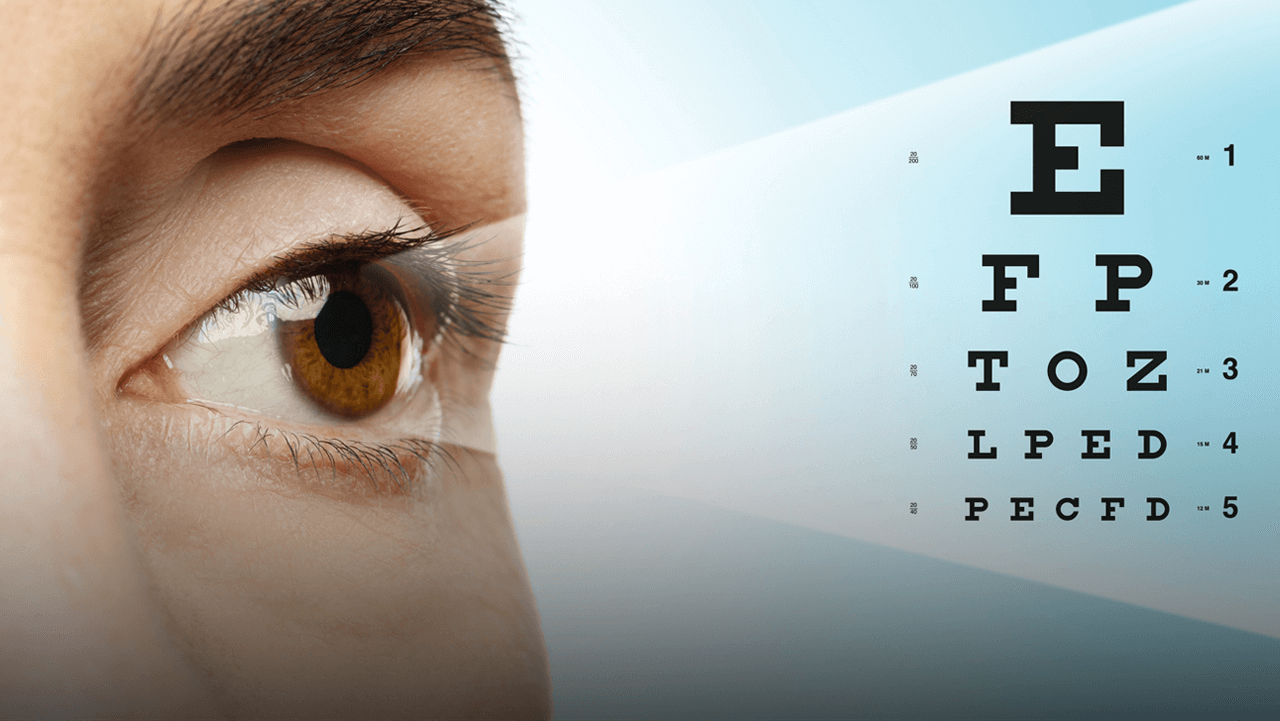Last updated: Tuesday, January 21, 2025
More and more people these days wear eyeglasses and contacts—at different times—to correct their eyesight. Additionally, you may have seen the large range of contact lens options accessible if you're even somewhat interested in contacts. How can you tell which kind is appropriate for your specific type of vision? Monthly and daily contact lenses are the two types of soft disposable lenses that are most widely used. To assist you in making the right choice, this post will go into great length regarding the differences between daily and monthly contacts, as well as their benefits, drawbacks, and average expenses.
How Daily And Monthly Contact Lenses Are Different?
The main differences between monthly and daily contact lenses are the amount of maintenance required and the number of days a person can wear each lens. As the name indicates, daily contacts are only worn for one day before being thrown away, so there's no need to store or clean them with a solution. On the other hand, monthly contact lenses are put on every day for one month before being removed and cleaned every night. In addition to a case to protect your lenses overnight or while you're not wearing them, you'll need a contact solution to clean and store your lenses.
Daily Contact
Daily contact lens usage is meant to last for just one day. When it's time to get rid of them, just remove them and discard them; the storage area doesn't need to be cleaned or disinfected. On-day contact lenses can be a good option for you if caring for and maintaining your contact lenses isn't your top concern.
Advantages Of Daily Contacts
Daily contacts have a minimal risk of infection because they are only worn for one day. Proteins and allergens are less likely to cause deposits to accumulate in them. These may result in long-term inflammation and make wearing the lens uncomfortable. Furthermore, daily contacts are more convenient than monthly contacts because they don't need to be cleaned or stored. They can also help you save time daily. Cleaning your disposable contact lenses before use is not necessary. Just throw them away after you're through wearing them or better yet, find out how to recycle them correctly. You won't need to buy additional contact lens supplies, such as contact solutions after you buy your daily contacts. If you wear monthly contacts, these are a must. Your eyes won't be exposed to lens care solutions which some people find irritating as there is no disinfecting required.
The Drawbacks Of Daily Contact Lenses
Because daily contacts are made of thinner materials, there is a higher chance that they will tear. Carrying an extra set of lenses and an extra pair of glasses is therefore a smart idea. Additionally, daily contacts have a higher upfront cost. In other words, daily contact is more expensive than contacts each month. However, since you won't need to purchase lens solutions to clean and sanitize them, you might end up saving money down the road. Daily lens disposal generates more waste per day than monthly contact lenses. That being said monthly contacts are also linked to various forms of waste. To a lesser extent, this also applies to materials like the plastic found in contact lens solution bottles. By recycling your contacts correctly and refraining from flushing them you can lessen this waste.
Monthly Contact
For approximately 30 days, contact lenses monthly are intended to be worn. Every night they have to be taken out and cleaned sanitized and stored. You discard your lenses at the end of the 30 days and get new ones.
Monthly Contact Lenses Benefits
Monthly contact lens purchases are less expensive than daily contact lens purchases made over the same time frame. In addition, there is less waste because you are not throwing away a pair of lenses every day. Monthly lenses are less prone to tearing and damage because of their thicker material.
The Monthly Contacts Drawbacks
Compared to daily contacts, monthly contacts are designed to be handled more frequently and have stronger materials. As a result, monthly contacts may feel thicker and potentially less comfortable in your eyes than daily contacts. For people with sensitive eyes, this is not advised. Long-term wear can cause debris to collect on the lenses obstructing clear vision. For this reason, it's crucial to appropriately clean and store your monthly contacts. Monthly contacts need upkeep and additional expenses for lens cleaning supplies. Your schedule may need to be extended because of the required care.
Things to Consider When Selecting Between Monthly and Daily Contacts

For varying lifestyles, both daily and monthly contacts are convenient in different ways. Before making your choice, consider the following.
Eye Conditions And Your Prescription
Whether daily or monthly lenses are best for you will depend on your visual acuity and refractive errors (such as astigmatism hyperopia and myopia). Though most types of vision correction work well with daily best contact lenses, if your prescription is complex, your doctor might suggest monthly or specialty contacts if daily contacts aren't available. Any potential eye conditions should also be considered when choosing a lens, your optometrist will be the best person to advise you on this. Recognize that not all prescriptions can be filled with contact lenses in certain cases glasses are your best option.
Convenience
Because of technological advancements, both types of contacts are quite comfortable for your eyes, however, dailies offer a tiny bit of comfort that monthly contacts don't. Most daily contact lenses are made of hydrogel or silicone hydrogel, which allows oxygen to reach the cornea and keeps your peepers feeling fresh. Put another way, after you become used to wearing them, the majority of contact lenses should feel natural in your eyes. However, discomfort is still possible if you're having issues with your contacts. Make an appointment with your optometrist.
Cost
Depending on the type of lens you use, the price of the best contact lenses can vary greatly. Monthly contacts can cost anywhere from $15 to $25 while daily contacts start at approximately $1. Do a budget analysis to see what you can afford before making any decisions.
Way Of Life And Upkeep
When choosing between monthly or daily contact lenses brands, it's a good idea to consider your everyday activities. If you have a hectic schedule, are an athlete, or would rather not wear contacts every day, daily contacts can be a better option because they require less maintenance. Because you only switch your lenses with a new pair every morning and throw away the old ones at the end of the day, dailies do away with the requirement for lens cleaning. A monthly lens, however, might be more convenient for people who like a daily cleaning schedule or are reluctant to carry a large supply of contacts.
Tips for Wearing Contact Lenses Safely

You have to wear lenses correctly regardless of the kind you prefer or choose. When wearing and caring for the best daily contact lenses properly, many eye infections can be avoided. Conversely, improper use of your contacts or poor hygiene can cause irreversible or long-lasting harm. Observe these guidelines when wearing contact lenses safely.
Wash Your Hands
Touching your eyes contact lenses or lens case can spread bacteria from your hands. Before putting on and taking off your contact lenses, make sure you wash and completely dry your hands. When storing your monthly disposable contact lenses in their case with a new solution make sure to always clean them after each use.
Change The Case Of Your Monthly Contacts
Your contact lens needs to be changed regularly, even if you clean the case daily. The bacteria in your contact lens case may have increased. You may get an infection in your eyes if these microbes get into your contact lenses.
Avoid Wearing Contact Lenses While Bathing Or Swimming
Water-borne microorganisms can get stuck in contact lenses and cause infections in the eyes. Wearing contacts increases your risk of getting Acanthamoeba keratitis when you're in a pool or other body of water. The cause of this kind of serious eye infection is a free-living, water-dwelling amoeba. This type of disease can be excruciatingly painful and difficult to cure. In the worst-case scenario, blindness or permanent visual loss could happen.
Regular Eye Exam
You can ensure that you are wearing the right contact lenses for your needs by getting regular lens exams. The likelihood of problems and infections in your eyes increases when you wear contact lenses. Thus, having a yearly eye checkup performed by an eye doctor is essential. The frequency of your eye doctor's recommendations may vary based on how well your eyes are performing.
How Much Do Contact Lenses Cost?

Depending on the kind of brand and prescription, the price of a box of contact lenses can range from $10 to $100. Patients don't want to switch no matter how convenient until they can thoroughly examine contact lens costs and compare them with the cost of their glasses. Some of the most frequent questions people have when thinking about contact lenses are “Are contacts expensive? and How much do contact lenses cost?”
A manufacturer of contact lenses brands claims that their costs vary from $200 to $1600. It's clear from this large margin that the answer to this question is more complicated than you might imagine. As a result, various elements are considered when calculating contact lens prices.
If You Require An Astigmatism Correction, Does The Cost Of Contact Lenses Change?
A long time ago contact lens wearers were not allowed to have astigmatism a refractive error in the eye that results in blurry vision from all angles. Though things are improving a toric lens—the type of contact lens required to correct this kind of vision—costs more than other contact lenses available today. You'll save more because most eye doctors advise against changing these lenses frequently. But toric contact lenses are more expensive than standard extended-wear lenses and are used to treat astigmatism. Astigmatism contact lenses cost between $45 and $65 for a box of six lenses.
Do Presbyopia-Related Contact Lens Prices Change?
The eye condition known as presbyopia may result in higher contact lens costs. Presbyopia to put it in perspective is the loss of the ability to focus that some people encounter after turning forty or so. You will need to use bifocal contact lenses (with different prescriptions on the top and bottom of the lens) to correct this anomaly. You will have to pay extra for these double lenses.
What Is the Price of Colored or Special Effects Contact Lenses?
Coloured contact lenses alter the iris colour of a person and can be a fun way to update your appearance without surgery or to add a finishing touch to a costume for a masquerade or Halloween party. Even special effects lenses that give the appearance of bloodshot or black contact lenses are available. Though sometimes up to 80% more expensive than clear contact lenses coloured and special effects contact lenses are common.
Key Difference Between Daily and Monthly Contact Lenses
The fundamental difference between daily and monthly contacts lies in their design, material composition, and maintenance requirements. Daily contact lenses are designed for single-day use and are made from thinner materials, offering superior comfort but requiring disposal after each wear In contrast, monthly contacts are constructed from stronger, thicker materials to withstand repeated handling and extended use for up to 30 days. While monthly lenses require daily cleaning, disinfection, and proper storage in contact solution, daily contacts eliminate the need for maintenance supplies but may have a higher upfront cost. The thicker composition of monthly lenses might feel more noticeable in your eyes compared to the ultra-thin daily varieties making daily contacts a preferred choice for those prioritizing comfort and convenience despite generating more frequent waste.
FAQ's
Are monthly contacts better than daily?
Monthly contacts aren't inherently better than daily contacts. They're thicker and more durable, making them less prone to damage and tearing. However, the choice depends on individual lifestyle and preferences.
How much does monthly contact lenses cost?
Monthly contacts generally have a lower upfront cost compared to dailies. However, you need to factor in additional expenses for cleaning solutions and saline, which affects the total cost over time.
Are daily contacts more expensive?
Yes, daily contacts typically have a higher price point due to their convenient design. While the initial purchase is more expensive, you don't need to buy cleaning solutions or storage materials.
Are daily or monthly contacts more comfortable?
Daily contacts are generally more comfortable because they're thinner and contain more water. They also have a lower risk of bacterial buildup and cause less irritation since you're using a fresh pair each day.




